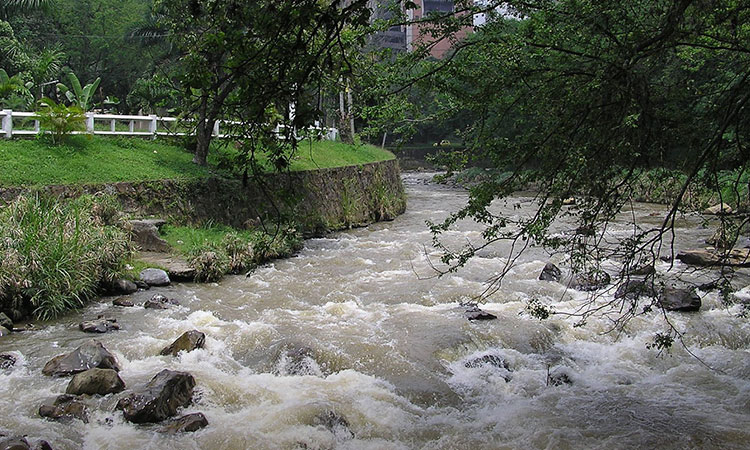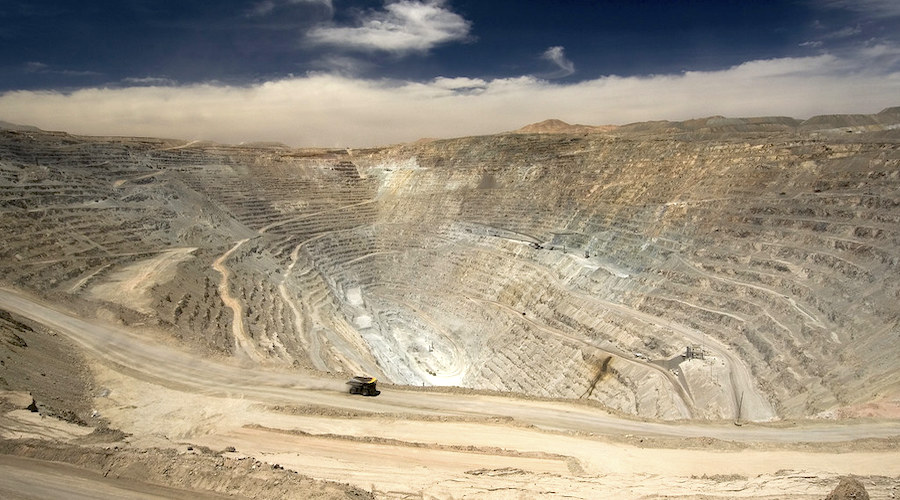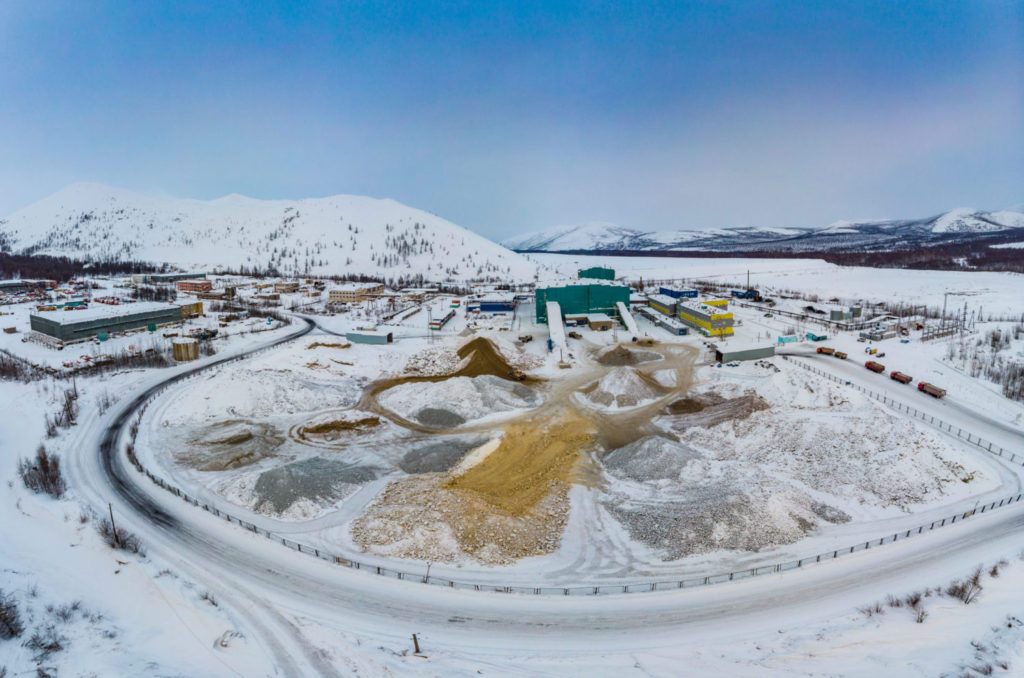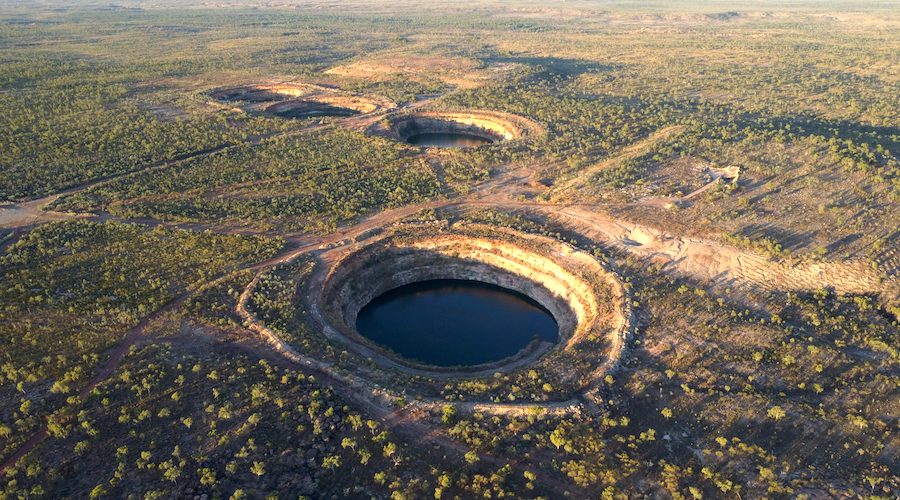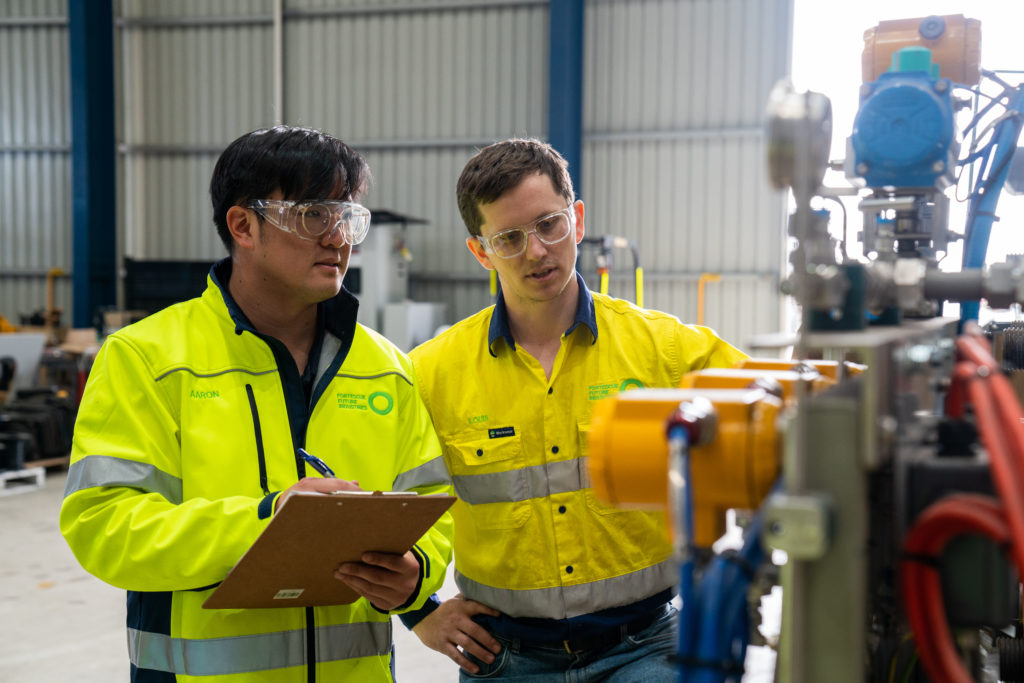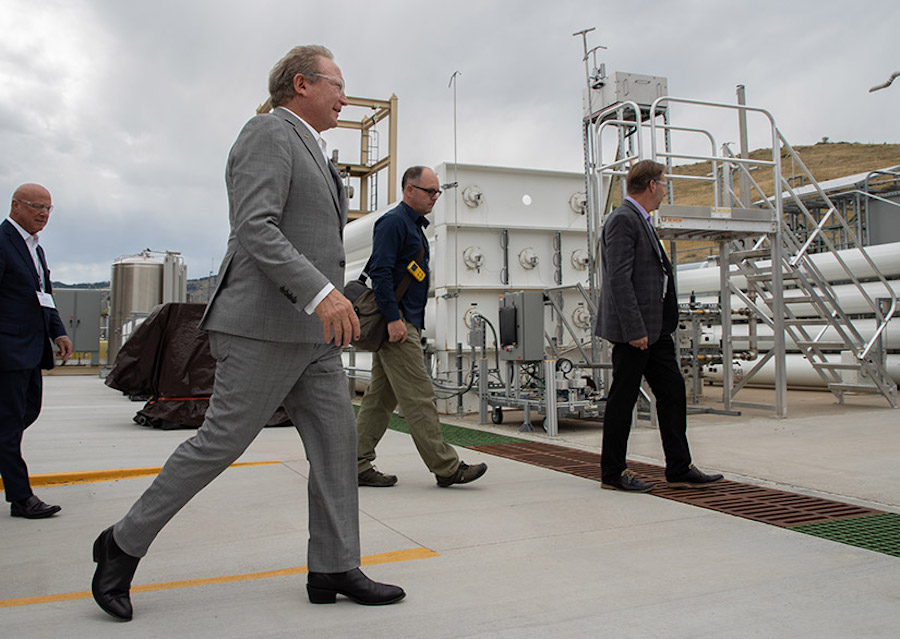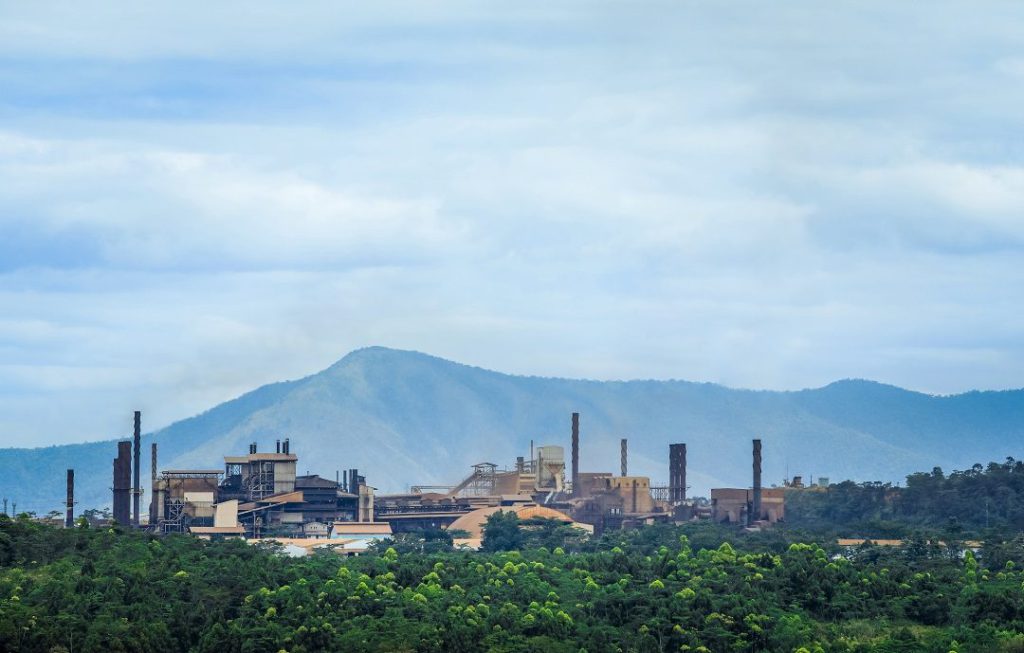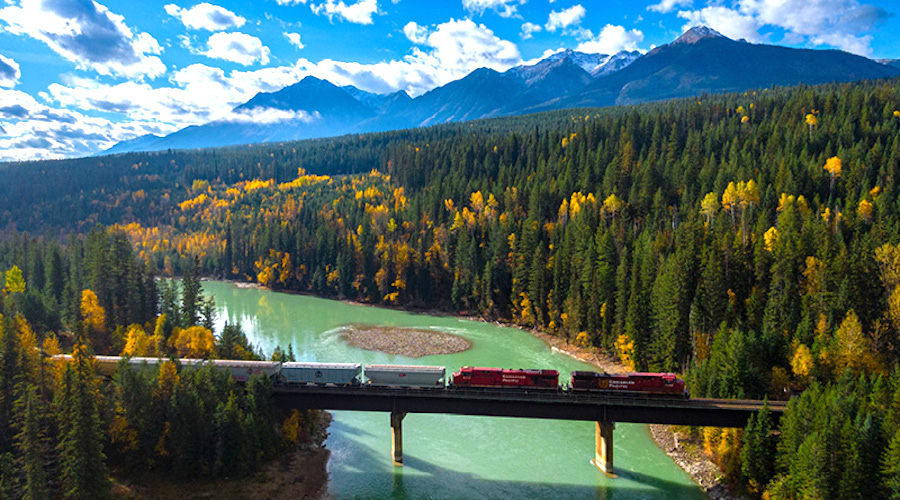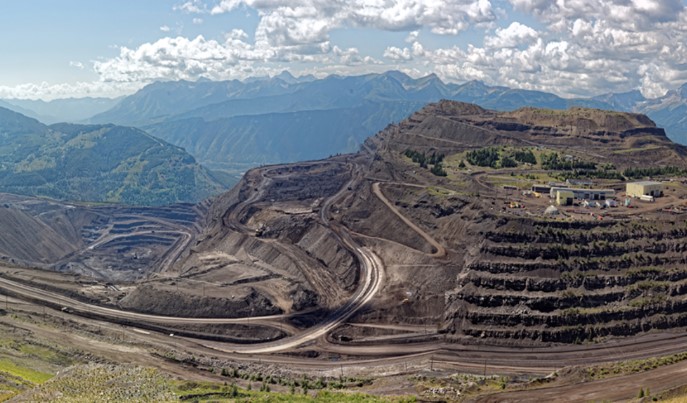UK: Supermarkets respond to concerns over price pressures & working conditions on supplier farms as House Lords outlines exploitation risk for migrant workers

British Apples and Pears Ltd told us that despite a 17 per cent increase in the price of apples being charged to consumers, growers had received just 0.8 per cent increase in returns between 2021 and 2022.House of Lords Horticultural Committee Report
In November 2023, The House of Lords’ Horticultural Sector Committee released a new report that analyses the challenges for both businesses and workers' welfare in the UK’s horticultural sector. It sheds light on the ‘erratic and confusing’ trade environment created through the country’s exit of the EU, COVID-19, and Russia’s war with Ukraine. These challenges, the report argues, have placed increasing pressure on the horticultural sector, catalysed further by the struggle to adapt to and mitigate climate change.
The report outlines downward price pressure resulting from competition between supermarkets, including loss-leader strategies, price-matching to the lowest bidder, and the imperative to over low prices to customers. This has led to a race to the bottom, squeezing growers’ returns amid increasing input costs, driven by the use of fixed contracts, often without provision for inflation clauses, that make it difficult to raise the price of produce. The committee reached out to Tesco, Sainsbury’s, Morrisons, Asda, Aldi, Lidl, Waitrose, and Marks and Spencer to discuss this. Tesco gave public evidence; Morrisons, Waitrose, and Asda accepted a separate invitation to speak to the committee in private, while M&S submitted written evidence to the inquiry. The report also notes the Groceries Code Adjudicator’s (which regulates relationships between the UK's retailers and direct suppliers) role is too limited to stand up for growers effectively and that the seasonal migrant worker scheme is ‘poorly planned and managed’.
The report discusses evidence heard by the committee alleging some workers on scheme experienced discrimination and abuse, including the non-payment of wages and over-crowded and unsuitable accommodation. The Committee heard from Clark McAllister, who told them this exploitation is linked to the low price paid to farmers for crops, leading to poor conditions and low pay for workers, who ‘bear the brunt of supermarket’s excessive purchasing power’. Business & Human Rights Resource Centre wrote to each of the UK's largest nine supermarkets to outline how they ensure purchasing practices do not lead to workers being underpaid and exploited in its supply chains. We received responses from Asda, the Co-Operative, Lidl, Marks and Spencer, Morrisons, Sainsbury's, Tesco, and Waitrose. Aldi did not respond to the Resource Centre's request for comment.
The report also alleges seasonal migrant workers employed on UK farms are being charged ‘extremely high, illegal’ recruitment fees and that workers are taking out loans to cover these fees and ‘can get stuck in debt bondage’. While some of these fees are charged by ‘scammers’ and ‘criminals’ abroad, the report notes overseas staff of scheme operators are also charging illegal fees. While the Committee itself only named one of the six Scheme Operators in the horticultural sector where this practice was uncovered - Fruitful Jobs - the Resource Centre invited all current Scheme Operators in the horticultural sector to respond to the allegations of recruitment fee charging and debt bondage, and to outline how they ensure the migrant workers they sponsor pay no illegal recruitment fees to brokers abroad or to their own staff overseas. We received responses from Pro-Force, AGRI-HR, Telpasc, and Concordia. Fruitful Jobs and HOPS Labour Solutions did not respond to the Resource Centre's request for comment.




